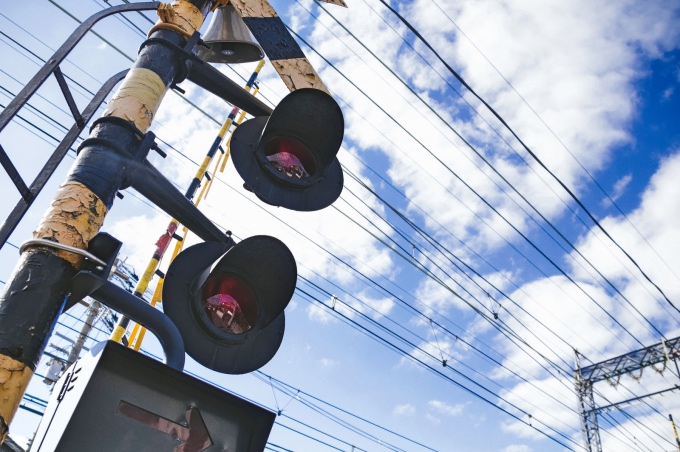If you’ve ever driven in Japan, you may have noticed a surprising practice: drivers stop at railroad crossings—even when no alarms are sounding and no barriers are down. To those unfamiliar with Japanese traffic customs, this can seem puzzling. However, there are important reasons behind this uniquely Japanese rule, rooted in both law and safety culture.
A Legal Obligation
Under the Japanese Road Traffic Act, Article 33, all vehicles must come to a complete stop before entering a railroad crossing (or at the stop line, if one is marked). Drivers are required to check carefully for any approaching trains before proceeding. The only exception to this rule is when a traffic signal explicitly allows vehicles to cross without stopping.
This law aims to maximize safety by ensuring that drivers personally verify that no train is approaching, rather than relying solely on automated warning systems.
How Japan Compares to Other Countries
Japan and South Korea are among the few countries that legally require all drivers to stop at railroad crossings. In many other countries, such as the United States, regular vehicles can proceed without stopping unless warning lights are flashing. Only certain vehicles, like school buses and hazardous material trucks, are mandated to stop.
Why Stopping Is So Important in Japan
Several factors make mandatory stopping at railroad crossings especially critical in Japan:
High-Density Crossings
Japan’s extensive rail network is deeply integrated into urban environments. Many cities developed around railway lines, resulting in a high number of crossings in crowded areas. This raises the risk of vehicles becoming trapped on the tracks during traffic congestion.
Limited Visibility
Due to Japan’s constrained land use and curved rail lines, many crossings offer poor visibility. Nearby buildings and tight street layouts often obstruct drivers’ views, making visual checks essential.
Quiet Trains
Japanese trains are designed to minimize noise pollution, especially in densely populated regions. As a result, trains often approach crossings quietly, making it difficult for drivers to hear them coming.
The Critical Role of Safety Checks
Stopping at railroad crossings serves as a crucial backup in case of system malfunctions or environmental challenges like poor visibility. Even if alarms and barriers seem to function correctly, a visual confirmation helps prevent tragic accidents caused by unexpected failures or hidden oncoming trains.
By contrast, in countries with fewer crossings and more rural railway lines, the risk factors are lower, and trains often sound their horns at crossings, making them easier to detect.
Conclusion
While stopping at railroad crossings in Japan may seem like a minor inconvenience, it plays a vital role in ensuring safety. Given the country’s dense urban layout, quieter trains, and risk of congestion, the stop-and-check rule is a logical and necessary precaution. Understanding the reasons behind this practice fosters greater appreciation for Japan’s commitment to safety—and reminds drivers to approach each crossing with calmness, patience, and vigilance.





















